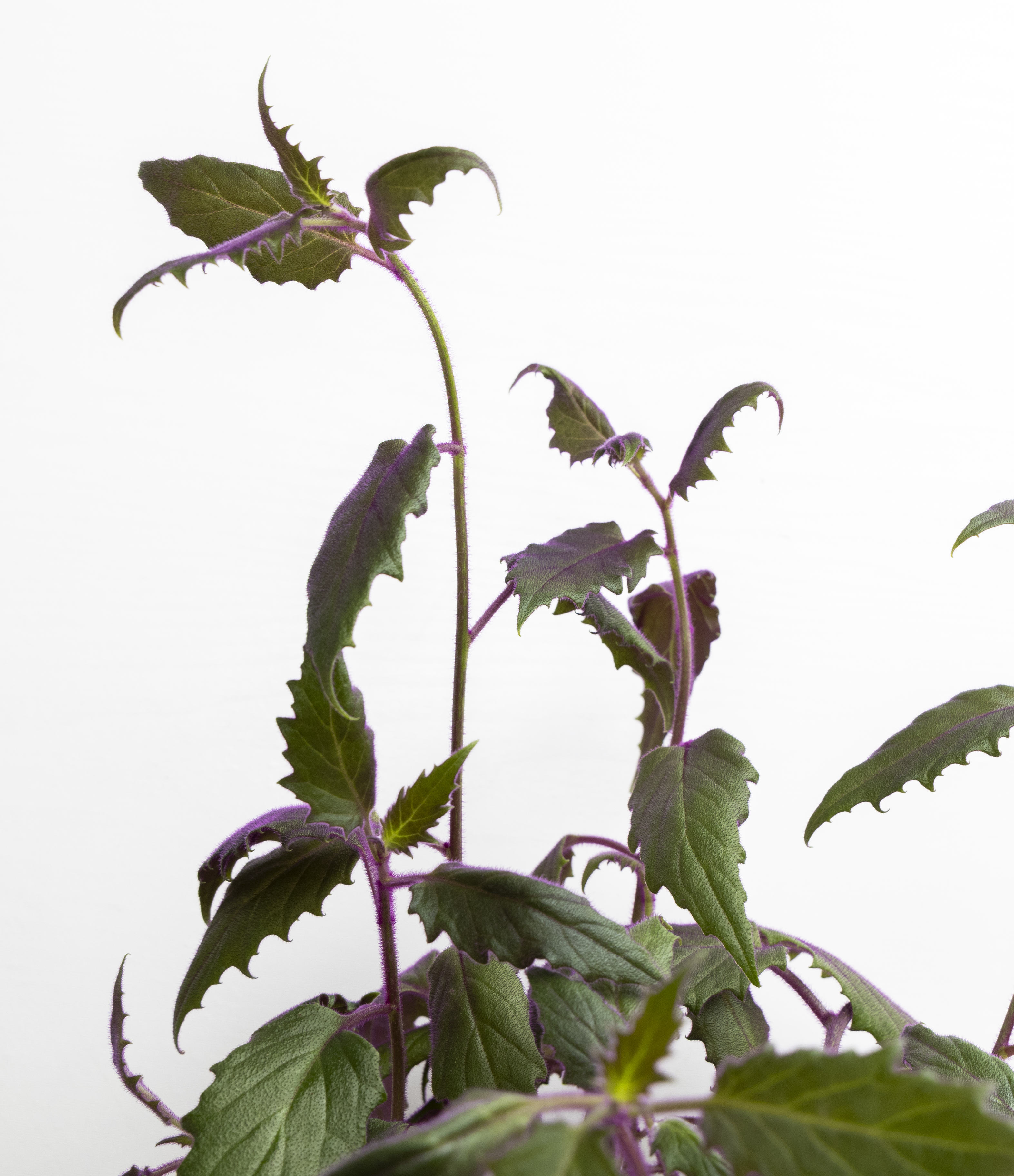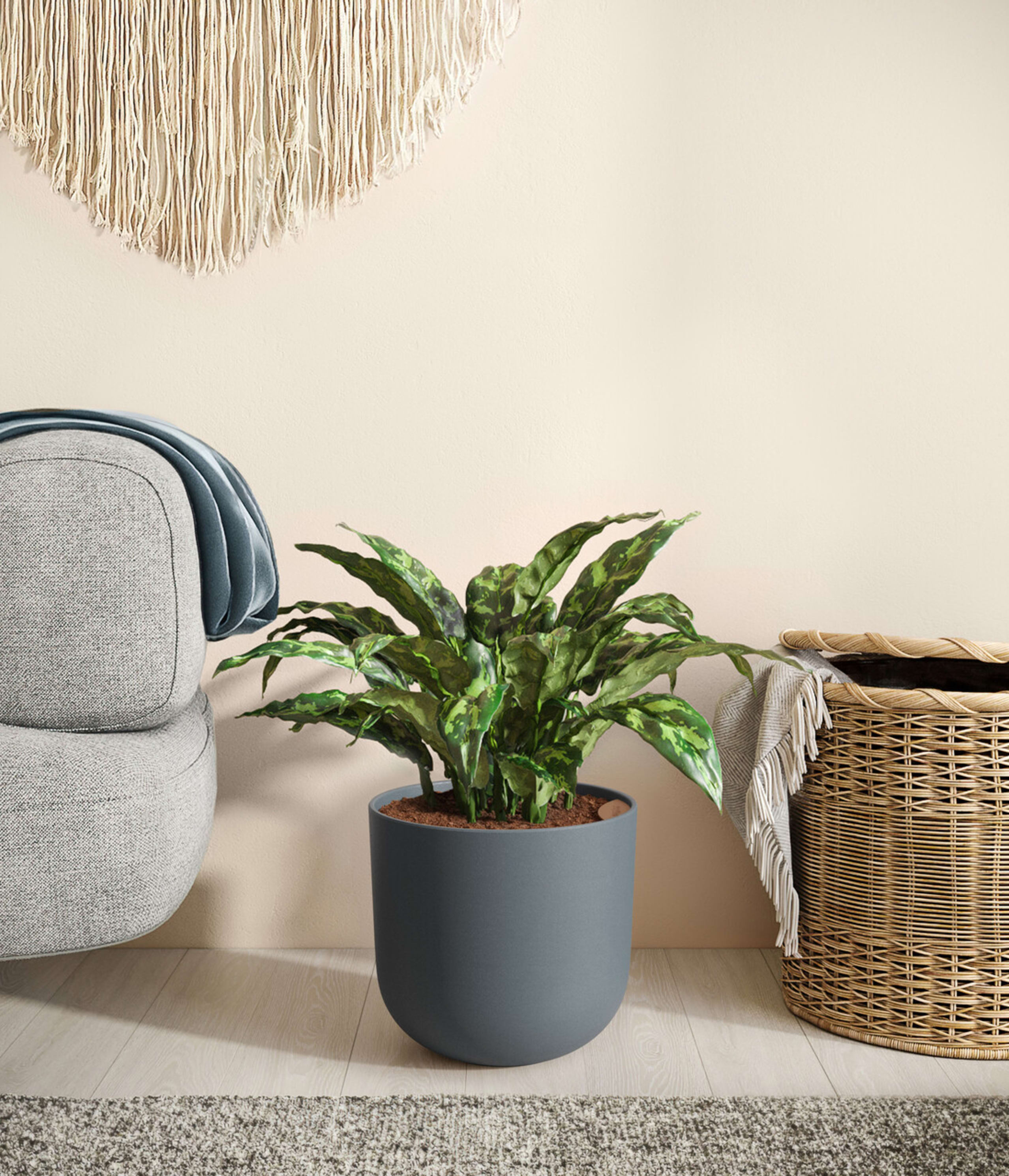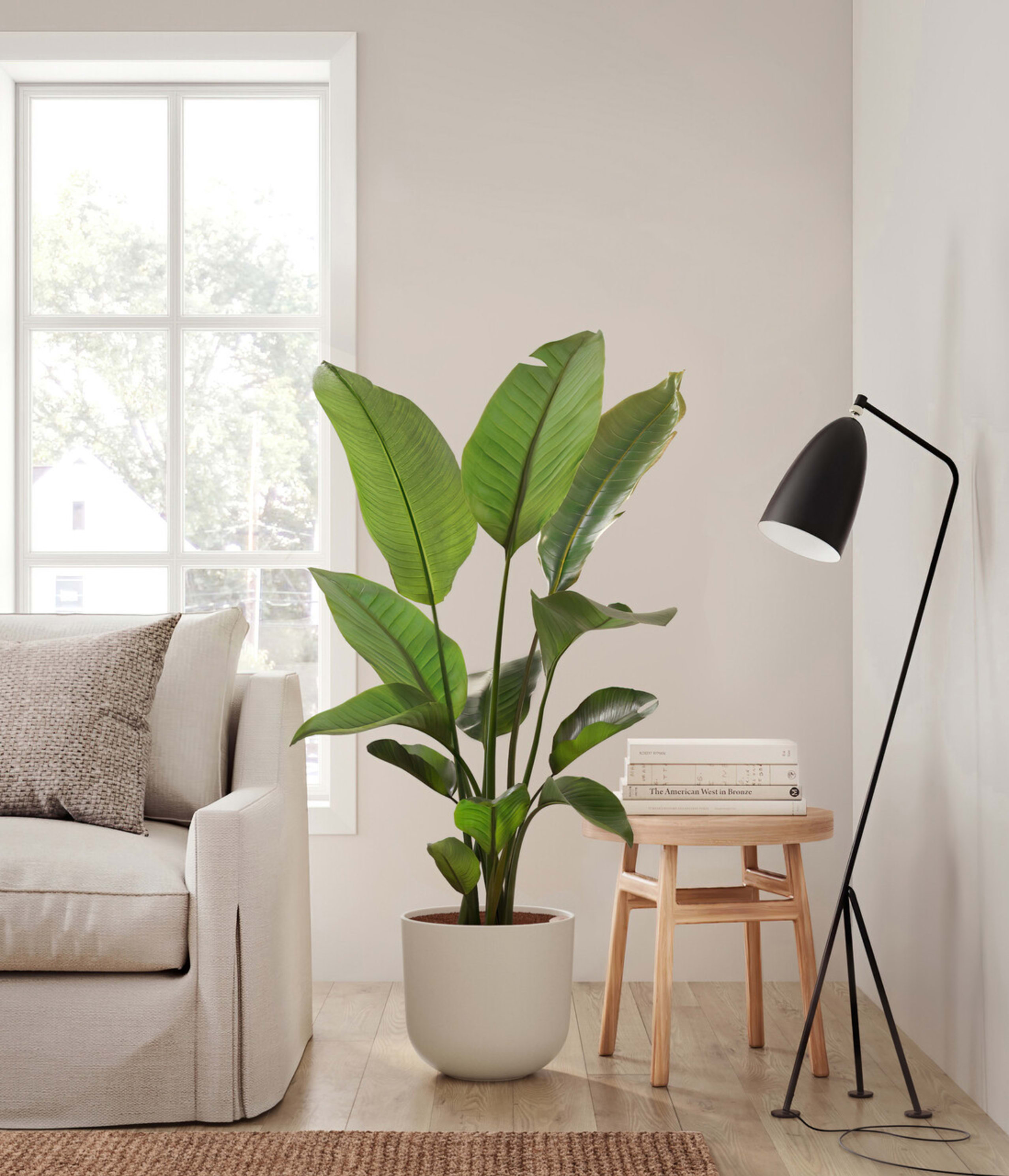How to Care for Purple Passion Plant
About Purple Passion Plant
Native to the tropical regions of Southeast Asia, the Purple Passion Plant, or Gynura aurantiaca, is celebrated for its unique, velvety leaves that shimmer with a deep purple hue. Known for its striking appearance, this plant adds a touch of the exotic to any indoor setting. The leaves are covered in tiny hairs that give them a surreal, iridescent look, making it a visual spectacle. The Purple Passion Plant is perfect for adding a splash of color to homes and offices, offering a continuous display of its passionate purple throughout the year.
Other common names
- Purple Passion Vine
- Purple Velvet Plant
- Royal Velvet Plant
- Velvet Plant
How Often Should I Water My Purple Passion Plant?
With easyplant, watering your Purple Passion Plant is effortless. Simply check the easyplant reservoir once a month and refill it when empty. The self-watering system ensures your plant receives consistent moisture without the risk of overwatering or underwatering.
Purple Passion Plant Light Needs
Purple Passion Plant grows best in a space with bright indirect light, where the sun rays are diffused. Avoid placing it in spaces with low light, direct sunlight or spaces without natural light.
For optimal growth, avoid prolonged exposure to harsh midday sun, which can scorch its delicate leaves. If the light is too low, the plant may lose its vibrant purple color and become leggy. An east-facing window with soft, filtered sunlight is ideal for maintaining its striking appearance.
Purple Passion Plant Plant Care
When you first bring your Purple Passion Plant home, you may notice the leaves looking slightly droopy or sad. This is completely normal as the plant adjusts to its new environment after being moved. Give it a few days to perk up and acclimate to its new space. Place the plant in bright indirect light and water it once a month using the easyplant system. Rotate it periodically to ensure even growth and prevent leaning towards the light. The vibrant purple leaves may lose color if the plant doesn’t receive enough light, so make sure it’s in a well-lit area. Pinching back the stems will encourage fuller growth and prevent legginess, keeping the plant compact and healthy. Regularly cleaning the leaves with a damp cloth will help them absorb light more effectively, keeping your plant vibrant and thriving. Over time, you may even notice small orange flowers, though the true beauty lies in its stunning purple foliage. With easyplant, caring for your Purple Passion Plant is simple, even for those who’ve struggled with plant care before.
Temperature & Humidity
The Purple Passion Plant thrives in warm, humid environments, with an ideal temperature range of 60°F to 75°F (16°C to 24°C). It's important to keep it away from cold drafts and sudden temperature changes, as these can stress the plant. While the plant can adapt to average indoor humidity, it will benefit from higher humidity levels to keep its vibrant color and texture. If your home is particularly dry, consider placing the plant near a humidifier or using a pebble tray to increase the surrounding moisture.
Is Purple Passion Plant Toxic for Pets & Kids?
The Purple Passion Plant is considered non-toxic to pets and humans, making it a safe choice for households with curious pets or children. While it’s always a good idea to keep plants out of reach to prevent accidental damage, this plant poses no significant risk if touched or ingested in small amounts.
Troubleshooting Common Problems with Purple Passion Plant
If your Purple Passion Plant's vibrant color starts to fade or its growth becomes leggy, it could be due to insufficient light. Move it to a brighter spot with indirect sunlight. Yellowing or wilting leaves may indicate overwatering. Make sure the easyplant reservoir is allowed to empty before refilling it. Browning or crispy leaves may suggest low humidity, so consider increasing the humidity around the plant by using a pebble tray or a humidifier. Regularly check for pests like spider mites, which can be treated with insecticidal soap.
Frequently Asked Questions about Purple Passion Plant Plant
- Is Purple Passion Plant pet-friendly?
Yes, the Purple Passion Plant (Gynura aurantiaca) is non-toxic and safe for pets and humans, making it a great choice for households with curious pets or children.
- How do you care for a Purple Passion Plant indoors?
Place it in bright indirect light, water it once a month with easyplant, and keep it in a warm, humid environment.
- How often should I water my Purple Passion Plant?
Water it once a month with the easyplant system, or when the top inch of soil feels dry.
- Does the Purple Passion Plant flower?
Yes, the Purple Passion Plant can produce small orange flowers, though its striking purple foliage is the main attraction.

 Small Plants
Small Plants Medium Plants
Medium Plants Plants Collections
Plants Collections Large Plants
Large Plants Huge Plants
Huge Plants